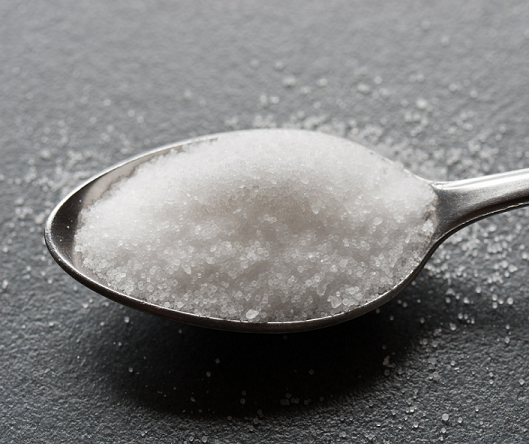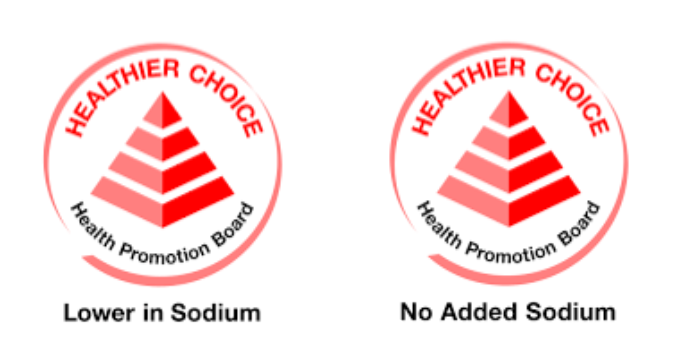How to manage your diet to control your blood pressure:
1. Eat a Well-Balanced Diet
The Dietary Approaches to Stop Hypertension (DASH) diet is a balanced way of eating that can lower blood pressure and cholesterol.
What does the DASH diet include?
- Eating a diet rich in vegetables, fruits, and wholegrains
- Including low-fat dairy products, fish, poultry, beans, nuts, and vegetable oils
- Limiting foods that are high in saturated fat (e.g. fatty meats, full-fat dairy products and tropical oils such as coconut, palm kernel, palm oils)
- Limiting sugar-sweetened beverages, food and snacks
- Ensure a low sodium intake
2. Limit Sodium Intake
Sodium is found in many common foods. It can occur naturally, be added for flavour while cooking, or during manufacturing as a preservative. You can reduce your sodium intake gradually and allow your taste buds to adapt to a lower sodium diet.
Aim for no more than 2000 – 2400mg of sodium a day. That's about 1 teaspoon (5g) of salt!

Tips to Reduce Sodium Intake
When cooking at home
- Use salt, seasoning and sauces sparingly.
- Use fresh herbs and spices to flavour food (e.g. curry powder, pepper, garlic, vinegar, lemon, oregano, basil, parsley, and many more).
- Use fresh vegetables when cooking soup to replace ready-to-use broth.
- Choose foods that requires minimal preparation, such as broiled, baked or roasted meats made without sauces, breading or batter.
When grocery shopping
- Choose fresh produce over processed (e.g. sausages, hams, luncheon meats, instant noodles and microwave meals) or preserved food items (e.g. canned pickled lettuce, salted vegetables and kimchi).
- Choose food products labelled with the "No Added Sodium" or "Lower in Sodium" Healthier Choice Symbols.

- Choose food products which do not list sodium as the first few ingredients or appear multiple times in the ingredient list. Sodium can be listed as salt, sea salt, vegetable salt, rock salt or compounds with sodium in its name (e.g. sodium bicarbonate, monosodium glutamate and sodium metabisulphite).
- You may consider reduced-sodium salt substitutes. If you have kidney disease or take certain medications for high blood pressure or heart disease, ask your dietitian or doctor about using salt substitutes.
When eating out
- Leave soup behind and avoid excess gravy
- Avoid dipping sauces
- Choose plain rice over flavoured rice
- Consume less fast food
3. Limit Alcohol Intake
- Excessive intake of alcohol can lead to high blood pressure.
- If you want to drink, limit to 2 standard drinks per day for men, and 1 standard drink per day for women.
- Individuals who do not drink should not start drinking regularly.
One standard alcoholic drink comprises:
- 1 can (330 ml) of regular beer
- ½ glass (100 ml) of wine
- 1 nip (30 ml) of spirit
